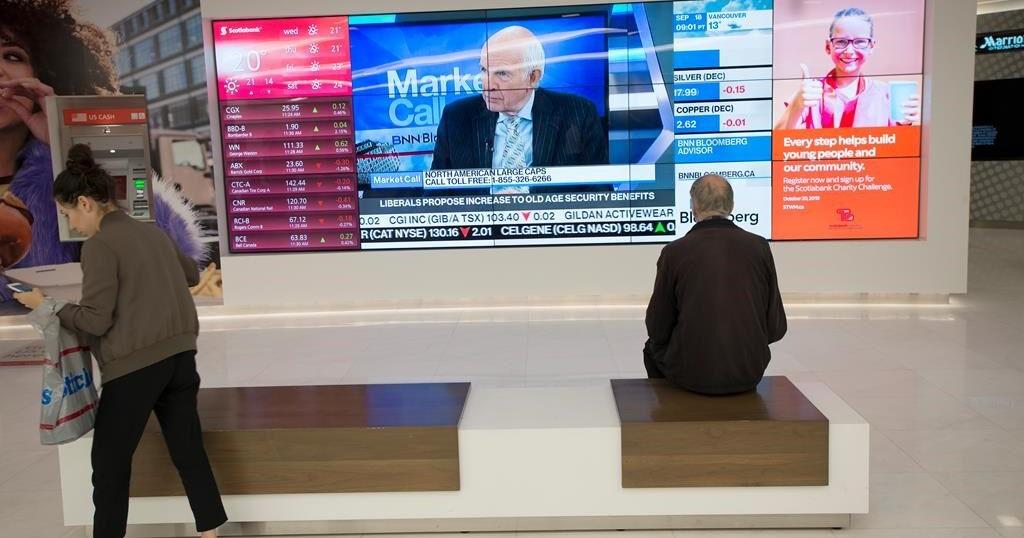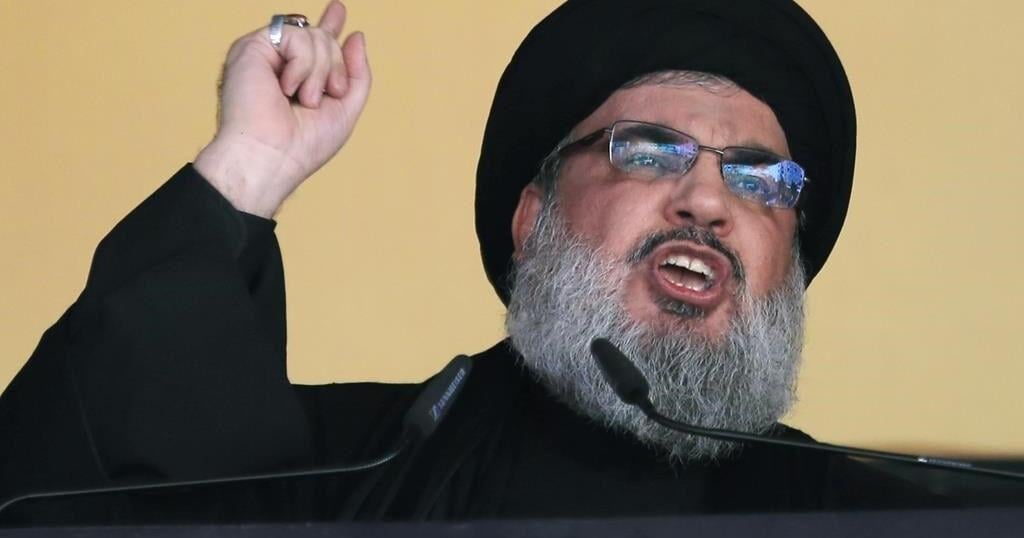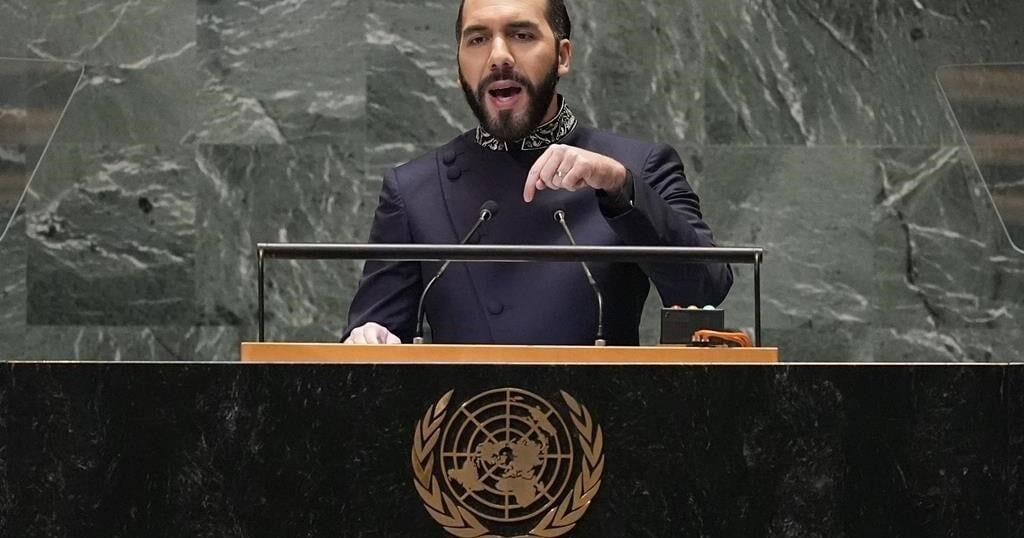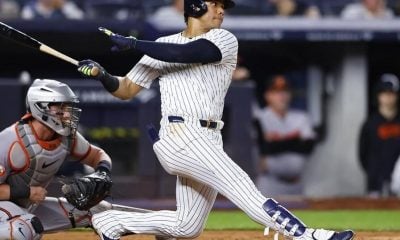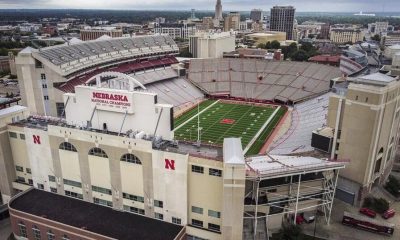DETROIT (AP) — Riley Greene hit an RBI double and the Detroit Tigers scored two runs on wild pitches in a 4-1 win over the record-breaking Chicago White Sox on Friday night, clinching a spot in the playoffs for the first time in a decade.
“Belief is a big thing,” Greene said. “We never stopped believing, and that’s what did it for us.”
Detroit completed a late-season surge to grab an American League wild card, and the White Sox earned an unwanted place in baseball history by setting a modern major league mark with 121 losses this season.
“They were still playing for something,” Tigers first baseman Spencer Torkelson said.
The Tigers will play at Baltimore or AL Central champion Houston next week in a best-of-three Wild Card Series. They have been on a tear, winning six straight and 10 of 11 during a stunning run into the playoffs.
The White Sox broke the post-1900 record of 120 losses set by the New York Mets in 1962 during their first season. The overall record was set in 1899 by the Cleveland Spiders with a 20-134 record.
“I think the frustration began long before the number got here,” Chicago interim manager Grady Sizemore said. “This was one of those things: You aren’t happy, but I don’t know if that would feel any different at 115 or 110.”
Taking advantage of playing a historically bad team, Detroit broke a scoreless tie in the fifth inning on Jake Rogers’ run when Jared Shuster was charged with a wild pitch even though the ball didn’t hit the dirt just below catcher Korey Lee’s glove. Matt Vierling followed with a sacrifice fly.
White Sox rookie Zach DeLoach hit his first homer in the sixth to pull his lowly team within a run.
Greene restored Detroit’s two-run lead with a double in the seventh and Chicago helped the home team’s cause again later in the inning when Fraser Ellard threw his club’s third wild pitch of the night.
Tigers manager A.J. Hinch relied on his bullpen for the entire game, as he often has late in the season, and it worked again.
“I’m overwhelmed with joy because I get to watch a team grow up right in front of my eyes and now I get to watch this team play in October,” Hinch said.
Brenan Hanifee kept the White Sox scoreless for the first two innings, and Brant Hurter (6-1) allowed a run over four innings.
Will Vest and Tyler Holton combined to hold Chicago scoreless for 2 2/3 innings. Jason Foley got one out for his 28th save to the delight of fired-up fans, who stood and cheered for much of the night.
Shuster (2-5) allowed two runs in two innings. Ellard gave up as many runs (two) as he got outs.
After the final out, the White Sox quietly went to their clubhouse while the Tigers swarmed the field, hugging each other and posing for photos.
“It is tough watching them celebrate,” Chicago starting pitcher Garrett Crochet said after throwing four scoreless innings. “That was us just a couple years ago.”
UP NEXT
Detroit had not announced a pitching plan for Saturday’s game. RHP Sean Burke (1-0, 1.93 ERA) is scheduled to start for Chicago.
___



